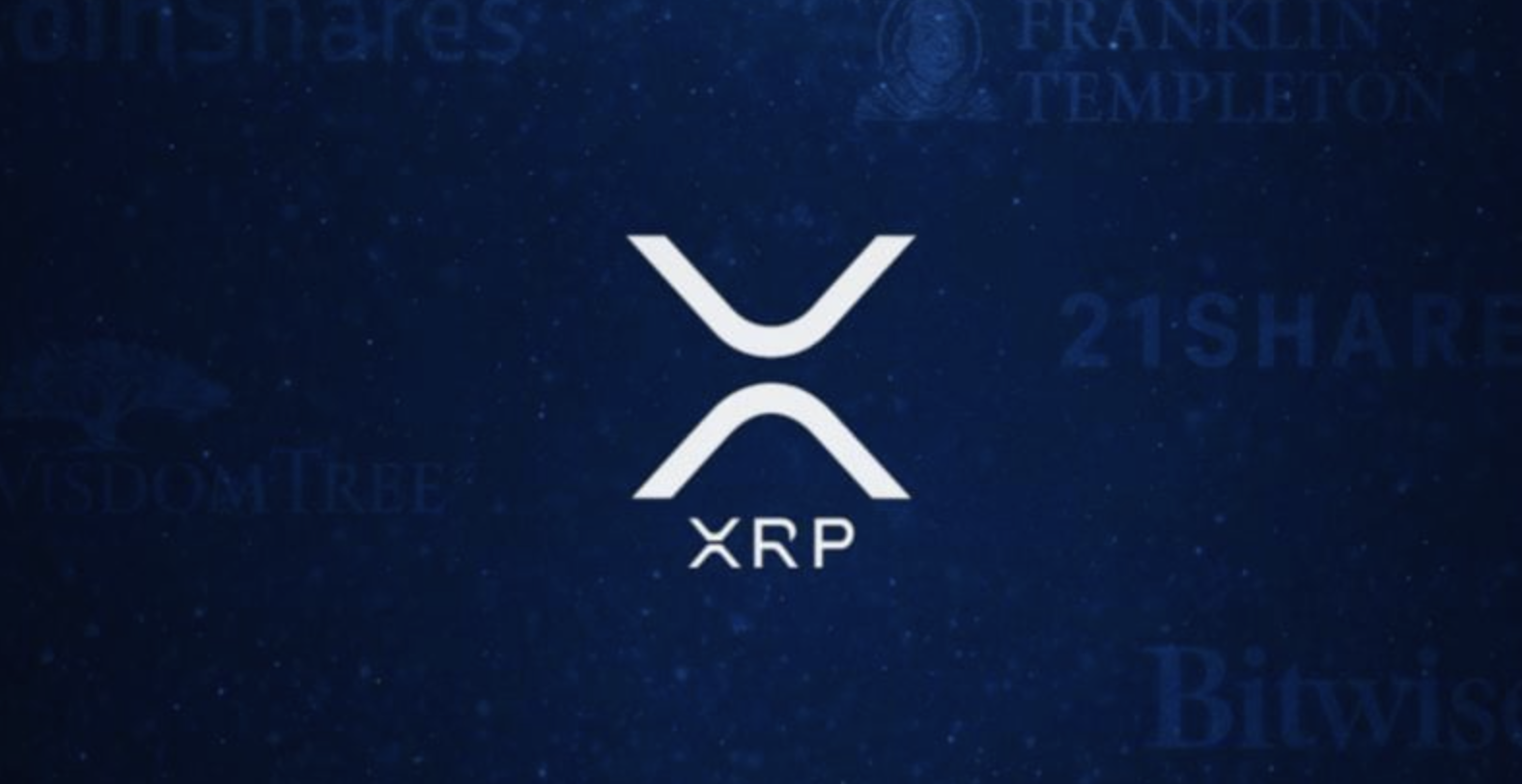XRP Spot ETFs Near Launch: The Tipping Point Between Crypto and Traditional Finance
Preface
After the institutional capital wave sparked by spot Bitcoin and Ethereum ETFs, XRP is now entering its own mainstream breakthrough. In November 2025, five asset management giants—Franklin Templeton, Bitwise, Canary Capital, 21Shares, and CoinShares—saw their spot XRP ETFs listed on the U.S. Depository Trust & Clearing Corporation (DTCC) system. While this may appear to be a technical detail, it actually signals that XRP ETFs have reached the final stage before being listed.
For the market, this isn’t a single event—it’s a sign of structural transformation, with crypto assets steadily moving into the core of the global financial system.
Significance of the DTCC Listing

(Source: cryptobriefing)
In the ETF launch process, registration with DTCC typically means the product is ready to enter the clearing and settlement system. This is an essential technical milestone before listing. Even though this step doesn’t equal SEC approval, making the DTCC list means the product’s ETF structure, ISIN code, and fund settlement mechanism have passed scrutiny. The issuer is actively engaging with regulators. The codes for these five products are:
- Franklin XRP Trust (XRPZ)
- 21Shares XRP ETF (TOXR)
- Bitwise XRP ETF (XRP)
- Canary XRP ETF (XRPC)
- CoinShares XRP ETF (XRPL)
For traditional finance professionals, this marks the final step in turning paperwork into a live ETF. In the crypto market, it’s a breakthrough: the first time multiple leading asset managers have jointly driven the ETF creation of spot XRP.
Expedited Amendment Mechanism
In this ETF race, Canary Capital stands out for its “expedited amendment mechanism,” allowing filings to take effect automatically within 20 days if the SEC does not object. This automatic effectiveness process is extremely rare for traditional ETF applications, and Canary could become the first issuer to list a spot XRP ETF.
This process dramatically shortens the timeline from application to launch and sets a precedent for faster compliance in future crypto ETF launches. For other issuers, it signals a shift in the pace of regulatory engagement—from waiting for approval to automatic effectiveness by default.
Emerging Markets Take the Lead
This year, Brazil became the first country to approve a spot XRP ETF, highlighting not only regulatory speed differences but a broader shift: crypto asset regulation is moving from Wall Street to a multi-centered global market. As XRP returns to the global top three in market capitalization and is seen as a potential intermediary for cross-border payments and financial settlement, institutional interest in XRP allocation is increasing. JPMorgan analysts point out that, if approved, an XRP ETF could attract billions of dollars in inflows, establishing a new allocation strategy for Bitcoin, Ethereum, and XRP.
Regulatory Perspective
The U.S. Securities and Exchange Commission (SEC) remains the final decision-maker in this process. Most analysts consider recent delays in reviewing Bitwise and CoinShares’ applications procedural, not indicative of rejection, suggesting regulators are evaluating investor protections, liquidity models, and redemption mechanisms—features under regulatory review.
With several ETFs reaching the final stage simultaneously, the SEC faces collective market pressure. Since Bitcoin and Ethereum ETFs have already set compliance precedents, rejecting XRP is increasingly hard to justify. This fuels market optimism; investors recognize both a new product and a shift in regulatory approach.
Where Compliance Meets Innovation
The XRP ETF is more than a financial product—it’s a symbolic milestone, marking the evolution of blockchain assets from exchange-traded tokens to managed investment vehicles and signaling the convergence of traditional finance and crypto technology. For institutions, it means participating in crypto in a compliant way; for the market, it marks the start of a new cycle, where crypto asset value moves beyond speculation and enters mainstream capital pools through ETFs as part of long-term strategies.
To learn more about Web3, register at: https://www.gate.com/
Conclusion
In the ongoing battle between regulation and innovation, the XRP ETF stands as a defining example. It’s not just about application progress—it’s a snapshot of evolving financial attitudes toward crypto assets. Regardless of the SEC’s final decision, the introduction of the XRP ETF marks an irreversible trend: blockchain assets are moving out of the margins and into the institutional mainstream.
Related Articles

Pi Coin Transaction Guide: How to Transfer to Gate.io

Flare Crypto Explained: What Is Flare Network and Why It Matters in 2025

How to Use a Crypto Whale Tracker: Top Tool Recommendation for 2025 to Follow Whale Moves

What is N2: An AI-Driven Layer 2 Solution

Understand Baby doge coin in one article
